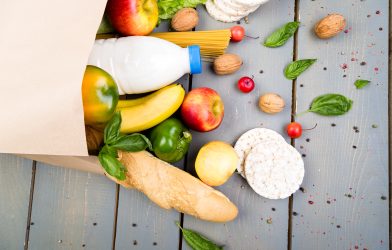Tennis, from its origins as a leisurely pastime among French and English aristocrats to its modern-day status as a fiercely competitive global sport, this sport has evolved significantly while retaining its essence as a test of skill, strategy, and athleticism.
The origins of tennis can be traced back to medieval Europe, where a precursor called “jeu de paume” (game of the palm) was played in grand courtyards. Players used their hands to hit a ball against a wall or over a net. Over time, rackets were introduced, transforming the game into the recognizable form we know today.
The introduction of rackets in the 16th century marked a pivotal moment in the sport’s evolution. Rackets allowed players to generate more power and control over the ball, laying the groundwork for the modern game. Modern lawn tennis emerged in the 19th century, with Major Walter Clopton Wingfield widely credited for popularizing the sport. Tennis underwent further refinement and codification in the 19th century.
In 1873, the All-England Croquet Club (now the All-England Lawn Tennis and Croquet Club) held the first Wimbledon tournament, marking a significant milestone in tennis history. Since then, tennis has flourished globally, with prestigious tournaments such as the US Open, French Open, and Australian Open captivating audiences worldwide. From its humble origins as a leisurely pastime among European aristocrats to its current status as a globally revered sport, tennis has undergone a remarkable evolution.

At its core, tennis is a game of precision, power, and finesse. Players must master a diverse array of skills to excel on the court. From the thunderous serve to the delicate drop shot, every stroke requires impeccable timing, coordination, and technique.
The forehand and backhand strokes form the foundation of a player’s offensive arsenal, allowing them to dictate play and control the tempo of the match. Meanwhile, the serve, often described as the most critical shot in tennis, sets the tone for each point, with players striving to achieve the perfect balance of speed, placement, and spin. Beyond individual strokes, tennis is a cerebral sport that demands strategic acumen. Players must anticipate their opponent’s moves, exploit weaknesses, and adapt their game plan on the fly.
While physical prowess is undeniably essential in tennis, the mental aspect of the game is equally crucial. Matches can be grueling battles of attrition, testing players’ concentration, composure, and resilience under pressure. In the cauldron of competition, maintaining focus amidst distractions and adversity separates the champions from the challengers. Whether facing a daunting deficit or serving for the match, mental fortitude is the bedrock upon which success is built.
Moreover, tennis fosters a unique brand of sportsmanship and camaraderie. Despite the individual nature of the sport, players often display grace, respect, and mutual admiration for their opponents, embodying the values of integrity and fair play.

Tennis transcends geographical boundaries and cultural divides, serving as a universal language that unites people from all walks of life. From the sun-drenched courts of Melbourne to the hallowed lawns of Wimbledon, the sport’s global appeal knows no bounds.
Tennis icons like Serena Williams, Roger Federer, Rafael Nadal, and Naomi Osaka have become household names, inspiring millions with their remarkable talent, tenacity, and sportsmanship. Their enduring legacies extend far beyond the confines of the court, symbolizing the pursuit of excellence and the triumph of the human spirit.
As tennis continues to evolve, innovation remains at the forefront of the sport’s progression. From advancements in racket technology to the introduction of electronic line-calling systems, the game is constantly adapting to meet the demands of the modern era while preserving its timeless traditions.
Moreover, tennis serves as a catalyst for social change and inclusivity, championing diversity and equality both on and off the court. Initiatives aimed at increasing accessibility, promoting gender equality, and fostering youth participation ensure that tennis remains a sport for all, regardless of age, gender, or background.
In conclusion, tennis is more than just a sport; it’s a captivating blend of athleticism, strategy, and sportsmanship that transcends generations and cultures. As players continue to push the boundaries of human performance and innovation, the timeless allure of tennis endures, uniting fans around the world in celebration of this extraordinary game.














